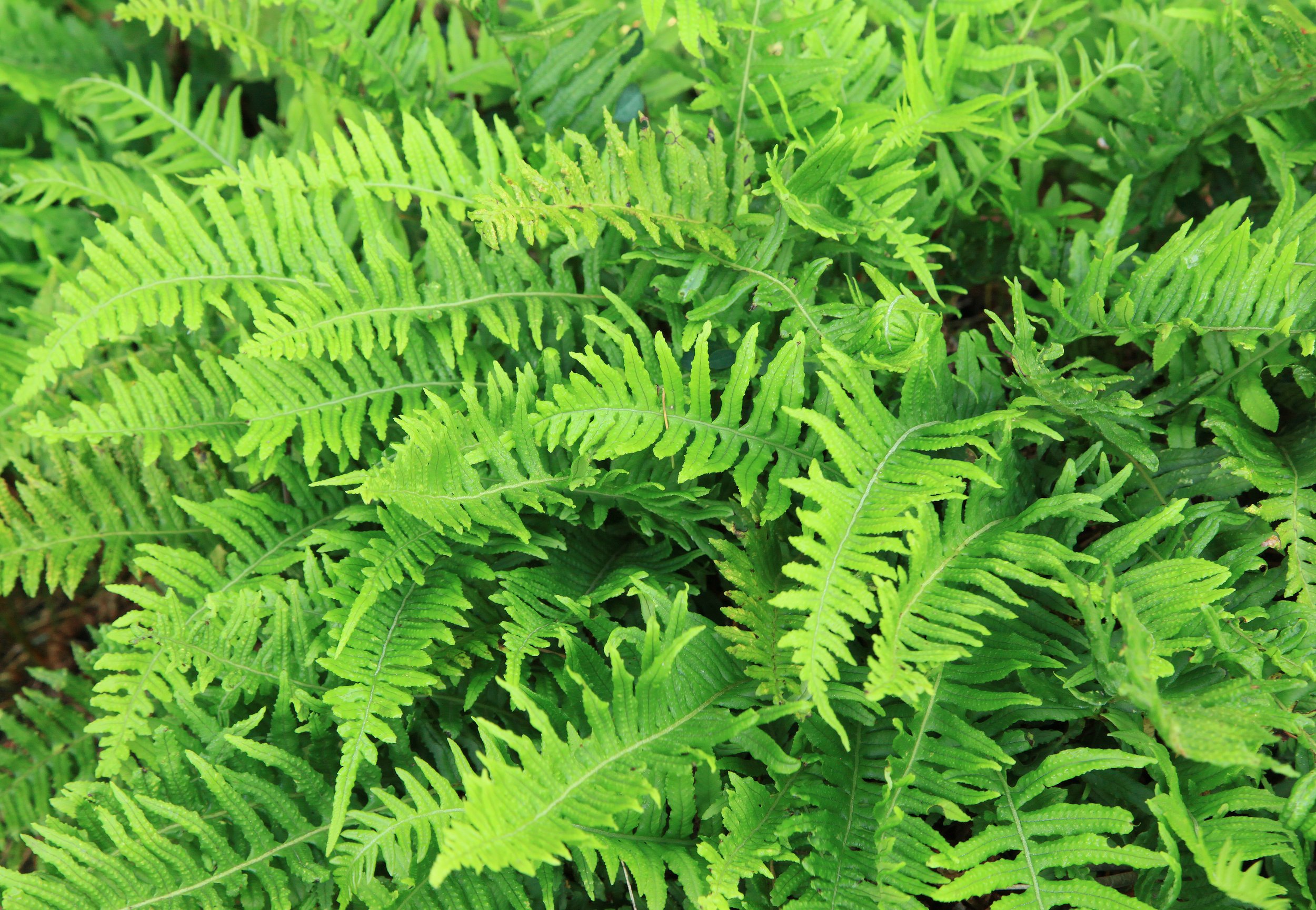
Our Plant Collection
Organizational Structure
The native plants at Kul Kah Han Garden have been organized to promote their growing health and to bring awareness to the ecosystems they are known to have sprung from naturally in the wild. This provides informative and interesting learning for the visitor.
Simulated Ecosystems
A natural ecosystem is all inclusive: It contains every object and condition present in a specific place in nature, including plants, animals, insects, soil types, microorganisms, microclimates and more. We knew this would be impossible to duplicate here at HJ Carroll Park and turned our attention to the concept of simulation. Each ecosystem led us on a different path of action to provide as many appropriate horticultural elements as possible. You will find here at KKH Garden simulations of the following Pacific Northwest ecosystems: Subalpine, Shoreline, Wetland, Meadow, Montane and Edgeland. The Damp and Dry Forest represent actual restoration of an existing, impaired Forest edge.
Plant Communities
Within these settings grow particular plant communities, each of them requiring similar growing conditions. Within an ecosystem there often exist exceptions such as an underground spring in an otherwise dry zone. This is why the small metal id signs with individualized information are most important to you as you prepare your garden for planting. We hope this will become clear to you as you walk the pathways of the garden, observe the arrangement of the plants, and read the signage.
Coming Soon: An updated version of our Plant Lists with accompanying information.
-

Subalpine
Short, drought tolerant flowers such as penstemon are found on slopes of sandy, gravelly soil. Taller shrubs such as shrubby cinquefoil and spirea densiflora appear along with occasional clusters of trees such as subalpinefir. Plants needing more moisture grow near seeps or runoff from boulders.
-

Montane
Groves of trees such as mountain hemlock and Pacific silver fir grow on mountain slopes. Boulder outcrops in thin soils displayplants such as red heather and lousewort. Sedge grasses and elephant head are found in seeps and open, wet areas. Lilies abound where it is moist in spring and well drained.
-

Damp Forest
Low elevation temperate forest. The top 12 inches of the soil is rich in organic matter from years of falling leaves and twigs. Tall evergreen trees create deep shade, preserving moisture in summer. Smaller deciduous trees or shrubs such as Indian plum and vine maple grow in partly sunny openings in the woods. In the understory are shade loving perennials, ferns and mosses.
-

Dry Forest
As in all forests, the soil is rich in organic matter. Dry forests occur where there is no water source and where sun enters open areas. Here you’ll find trees such as Western red cedar and Douglas maple, understory plants such as Oregon grape, sword fern and Douglas fir.
-

Meadow
Large flat, open, sunny areas of mostly dry with occasional moist soil, low in nutrients. Large drifts of blue eyed grass or self-heal often combine with fescue or oatgrass. Occasional groves of Garry oak are surrounded by wildflowers such as camas and nodding onion.
-

Wetland
Found at any elevation where the soil is saturated for part of the growing season, in bogs and swamps and often occurring near lakes, ponds and streams. The soil is usually peaty and acidic in either sun or part shade. Sedges and rushes predominate along with shrubs such as Labrador tea. Flowers may include; kneeling angelica and white marsh marigold.
-

Edgeland
Any area disturbed by the activities of humans (i.e. the building of homes) or the forces of nature (i.e. severe weather or fires from lightning.). This ecosystem normally gives the rise to noxious weeds of all sorts. See Picnic Shelter
-

Shoreline
Garden area being developed.
“The prairies and wetlands of the Chimacum Valley were once vast, before they were radically altered by industrial development beginning in the late 1800s. The meadow collections at the Kul Kah Han Native Plant Gardens are therefore of great conservation value. Restoring examples of the Chimacum Valley bunchgrass ecotype is a most worthy goal, and the gardens at Kul Kah Han have taken the first step. Thanks for cultivating beauty, cherishing soils, refining propagation skills and honoring cultural landscapes.”
— Fred Sharpe, AK
